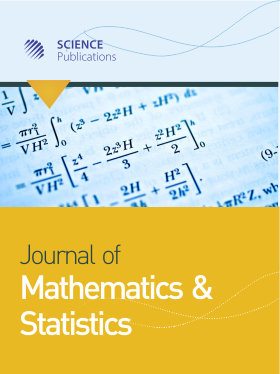Association of Landscape Metrics to Surface Water Biology in the Savannah River Basin
Abstract
Surface water quality for the Savannah River basin was assessed using water biology and landscape metrics. Two multivariate analyses, partial least square and canonical correlation, were used to describe how the structural variation in landscape metrics may affect surface water biology and to define the key landscape variable(s) that contribute the most to variation in surface water quality. The results showed that the key landscape metrics in this study area were: percent forest, percent of total area in agriculture (row crops + pasture) on moderately erodible soils, percent of total area with slopes greater than 3% and stream density. The first two canonical variates describe the linear combinations of the two data sets (r = 0.74 and 0.63), weighted mainly by percent of total area with slopes greater than 3%, taxa richness of sensitive insects to pollution (EPT; Ephemeroptera-Plecoptera-Trichoptera Index), algal growth potential and percent of total area in agriculture on moderately erodible soils.
DOI: https://doi.org/10.3844/jmssp.2005.29.34

- 4,730 Views
- 3,583 Downloads
- 3 Citations
Download
Keywords
- Savannah River Basin
- Surface Water Biology
- Landscape Metrics
- Canonical Correlation
